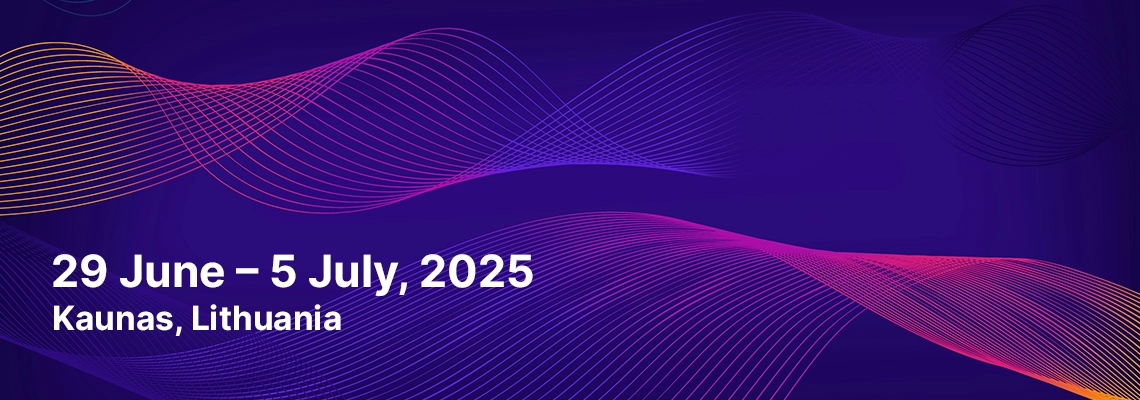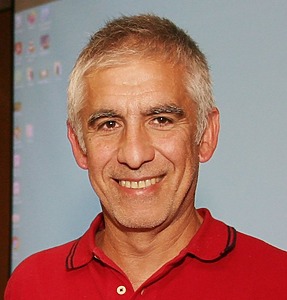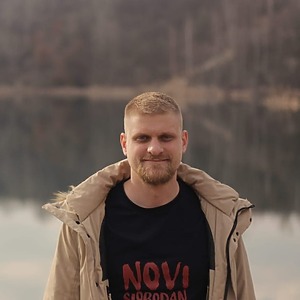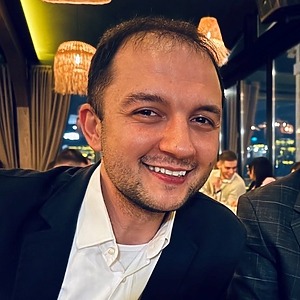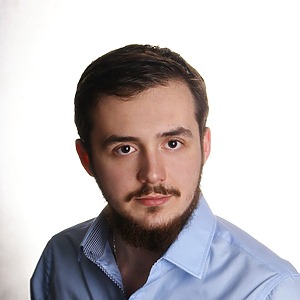ECMI has been running annual Modelling Weeks for students since 1988. Students come from all over Europe to spend a week working in small multinational groups on projects which are based on real life problems. Each group is led by an ECMI instructor who introduces the problem – usually formulated in non-mathematical terms – on the first day and then helps to guide the students to a solution during the week. The students present their results to the other groups on the last day and then write up their work as a report (see below). The main aims of the Modelling Weeks are to train students in Mathematical Modelling and stimulate their collaboration and communication skills, in a multinational environment.
Attendance at a Modelling week is an integral part of the ECMI certificate and of many of the masters courses run at ECMI centres but many other students have also learned new skills by attending one of these very successful courses.
A number of similar Modelling Weeks or Modelling Camps are organised by ECMI members each year. 2025 at the Kaunas University of Technology, Lithuania. A full list of previous events can be found here.

